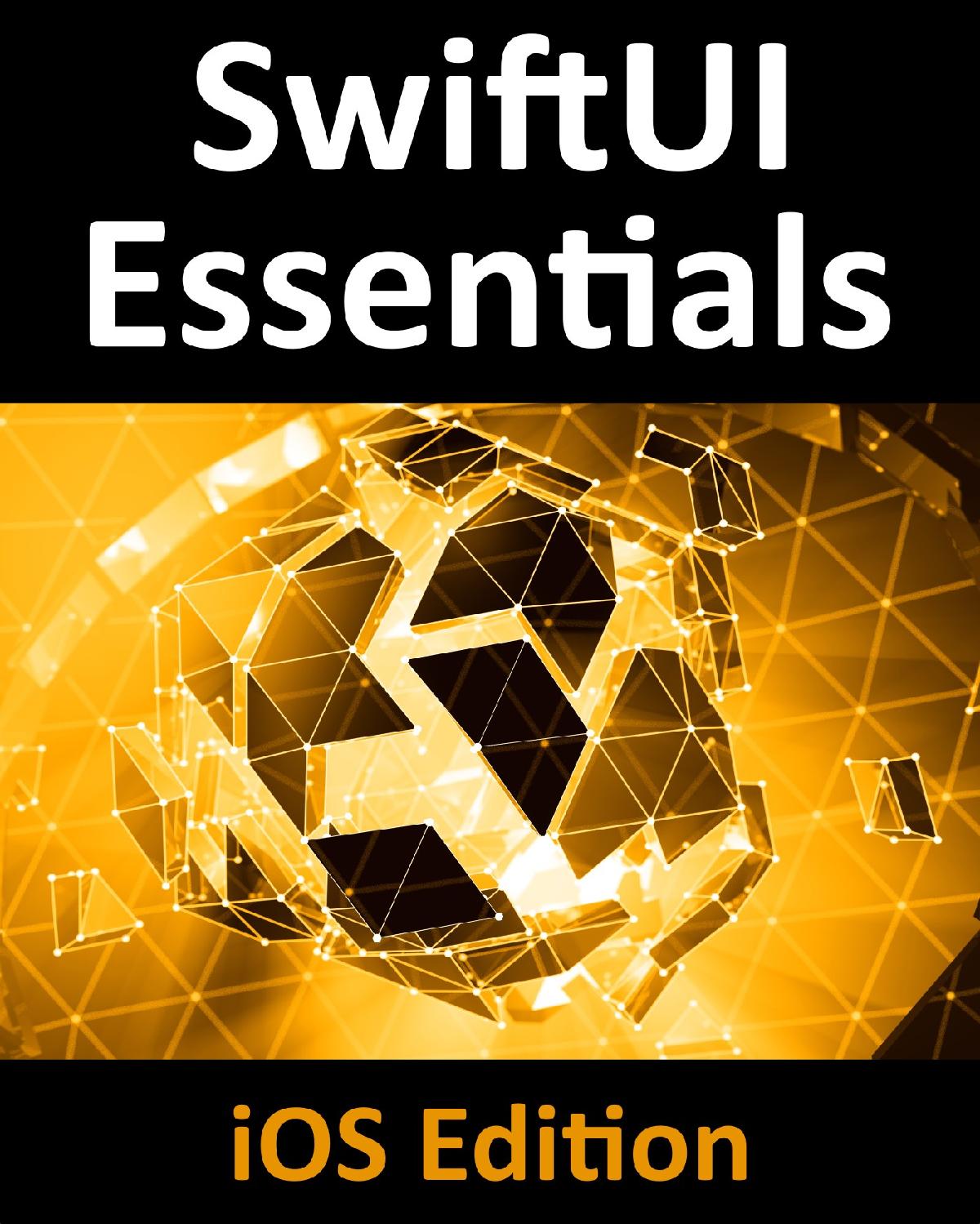

Most ebook files are in PDF format, so you can easily read them using various software such as Foxit Reader or directly on the Google Chrome browser.
Some ebook files are released by publishers in other formats such as .awz, .mobi, .epub, .fb2, etc. You may need to install specific software to read these formats on mobile/PC, such as Calibre.
Please read the tutorial at this link: https://ebookbell.com/faq
We offer FREE conversion to the popular formats you request; however, this may take some time. Therefore, right after payment, please email us, and we will try to provide the service as quickly as possible.
For some exceptional file formats or broken links (if any), please refrain from opening any disputes. Instead, email us first, and we will try to assist within a maximum of 6 hours.
EbookBell Team

5.0
18 reviewsBeginning with the basics, this book provides an outline of the steps necessary to set up an iOS development environment together with an introduction to the use of Swift Playgrounds to learn and experiment with Swift.
The book also includes in depth chapters introducing the Swift 5 programming language including data types, control flow, functions, object-oriented programming, property wrappers and error handling.
An introduction to the key concepts of SwiftUI and project architecture is followed by a guided tour of Xcode in SwiftUI development mode. The book also covers the creation of custom SwiftUI views and explains how these views are combined to create user interface layouts including the use of stacks, frames and forms.
Other topics covered include data handling using state properties and both observable and environment objects, as are key user interface design concepts such as modifiers, lists, tabbed views, context menus and user interface navigation.
The book also includes chapters covering graphics drawing, user interface animation, view transitions and gesture handling.
Chapters are also provided explaining how to integrate SwiftUI views into existing UIKit-based projects and explains the integration of UIKit code into SwiftUI.
Finally, the book explains how to package up a completed app and upload it to the App Store for publication.
Along the way, the topics covered in the book are put into practice through detailed tutorials, the source code for which is also available for download.
The aim of this book, therefore, is to teach you the skills necessary to build your own apps for iOS 13 using SwiftUI. Assuming you are ready to download the iOS 13 SDK and Xcode 11 and have an Intel-based Mac you are ready to get started.